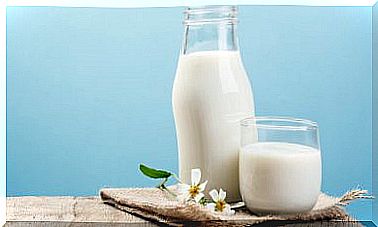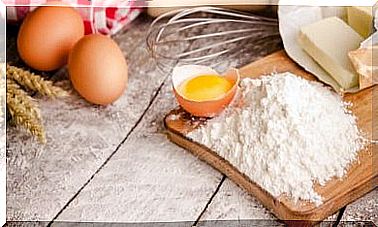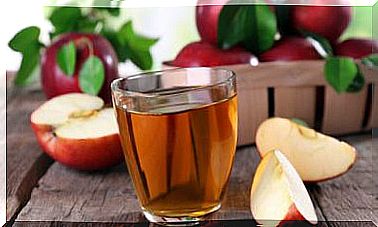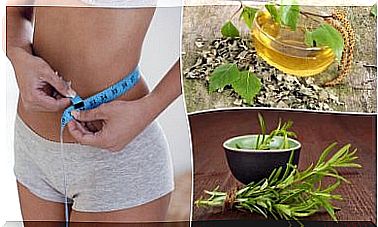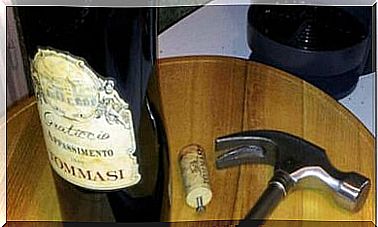Home Canning: Advantages And Disadvantages
Preserving food for a long time without risking health is possible, thanks to the canning technique. The best thing is that you can do it at home following some practical tips.

Homemade preserves are very useful. Fruits, vegetables, fish, etc. they can maintain their nutritional properties, texture, color and flavor for long periods of time, and also be edible without affecting health.
In this post you will learn how to extend the shelf life of food. The best thing is that you can prepare the preserves at home. Keep reading to know more!
A preserve is the result of a food handling process that prevents or delays its deterioration. This procedure protects them from microbes and also from other agents such as fungi and insects.
Why are home canning made?
The dedication and care used at home can guarantee excellent gastronomic results. That is why some people prefer to make them in their own kitchen, instead of buying them in stores or supermarkets.
Canned food also allows you to consume certain foods, especially fruits and vegetables, out of season, and last but not least they also facilitate transportation. In addition, you get a more natural product.
Preparing a preserve is not cooking

To prepare safe home canning it is necessary to differentiate its preparation from that of a cooking recipe. The recipes admit variations, according to the tastes of those who prepare them. You can always add a little more or also a little less of certain ingredients.
In the case of home canning, the instructions for the preparation process should be followed carefully. This rigor prevents the development of microorganisms in food that can harm health. Bear in mind that the ingestion of certain bacteria can be dangerous to health, as stated by research published in the journal Deutsche Medizinische Wochenschrift , causing poisoning.
Basic steps to make homemade preserves
When preparing homemade preserves, you need to follow a series of steps and take certain precautions.
Choice of food
- Those in the best condition should be chosen. Those that have bruises, bumps or also decomposed parts are discarded.
- The fruits and vegetables must be in an intermediate maturation. The greens and also those that are about to decompose do not work.
Personal hygiene
- You need to wash your hands with soap and water.
- Do not use clothing, jewelry or other accessories that can accumulate residues or also dirt.
- The use of long-sleeved shirts that can come into contact with food should also be avoided.
Hygiene of work implements

- The surface where the preserve will be made should be washed with water, soap or another detergent.
- Thoroughly wash all the instruments to be used. It is recommended to boil the tongs, cutlery, etc. for about 15 minutes.
Food hygiene
- Wash fruits and vegetables very well.
- In the case of using any type of detergent, they should be rinsed with plenty of water to avoid residues.
The ideal container for home preserves
Canned food requires suitable containers. In this way, it is guaranteed that they are kept in good condition and diseases are also avoided.
The ideal material is glass. Glass containers must be heat resistant. The lid must close tightly. If the lid is beaten, deformed at some point or rusted, it will not serve for canning.
Packed or blunt
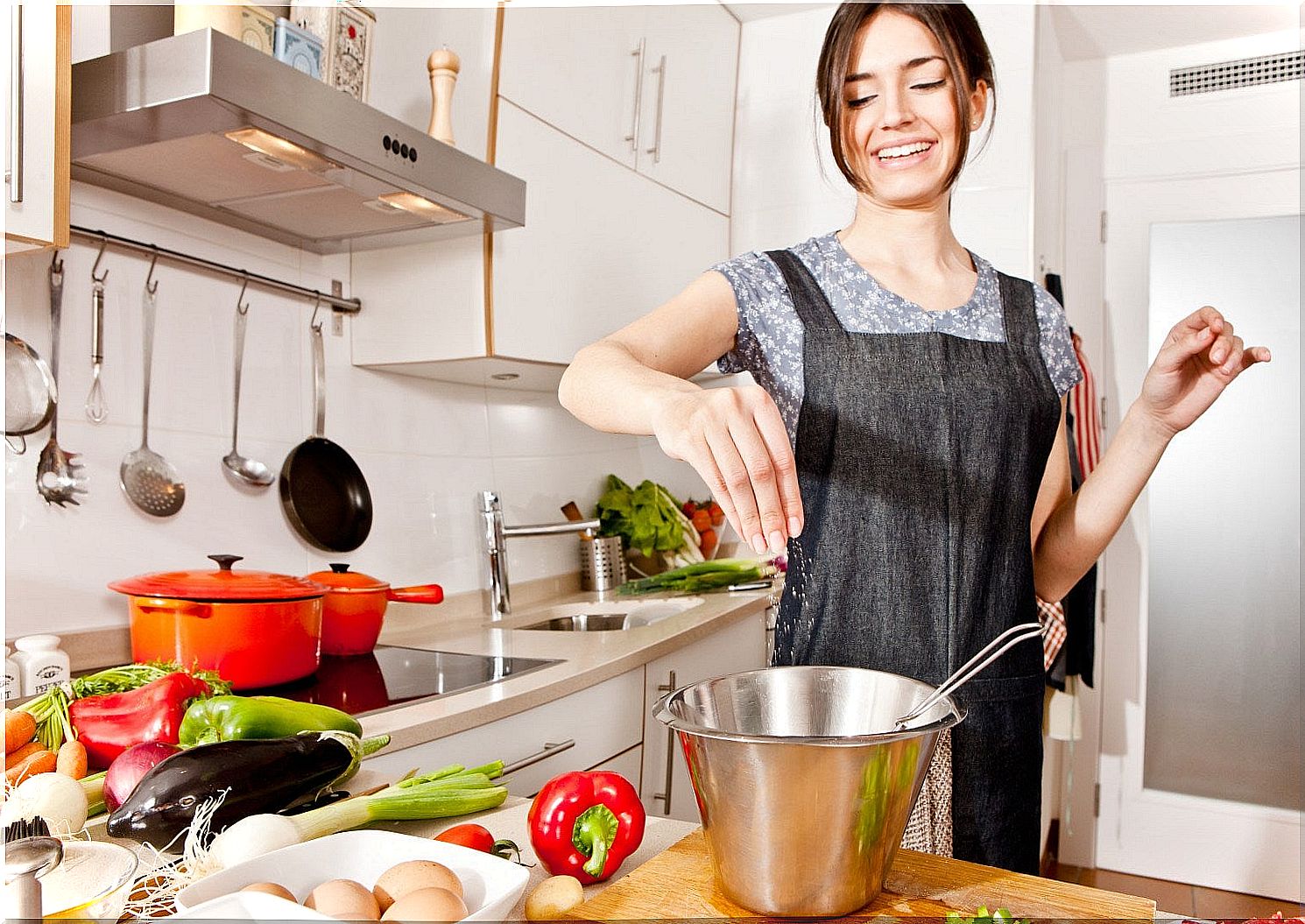
- Boil the container in which it will be stored for 5 minutes to sterilize it.
- Pour the food evenly, that is, without leaving spaces. It should only be left 1 to 2 centimeters before reaching the edge.
- Afterwards, the container must be closed very well. Then turn it over to verify that nothing is spilled.
- Put the preserve in a pot in a bain-marie.
- A cloth should be placed in the bottom of the pot. The idea is to avoid that the jars have direct contact with the pot that will be at very high temperatures.
- The water should cover the jars, but not the lids.
- The minimum water bath time is 15 minutes. In the case of fruits, a period of 20 minutes is recommended. Fish or pickle require 30 minutes.
- Leave it in the pot until the water is at room temperature. Then finish upside down cooling to finish the vacuum sealing process.
Storing home canned food
- A label is placed with the packaging date.
- Also, canned food should be eaten for the next 12 months.
- They are stored in places with little light and also at medium temperatures.
The biggest risk of home canning: botulism
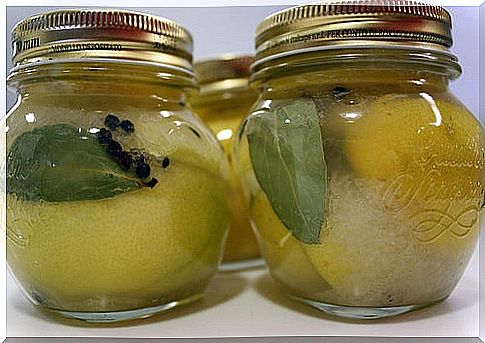
Botulism is a disease caused by the toxin produced by a microorganism called Clostridium botulinum. This microorganism is found where there is little oxygen, therefore it can spread in poorly prepared or stored canned food.
Botulism has been shown to weaken muscle tone. The serious thing about loss of muscle tone is that it can lead to paralysis of the heart or lungs and, ultimately, death.
Being a serious disease, it is necessary to be careful when preparing homemade preserves and to follow each step carefully.
Prepare preserves following hygiene measures
As you have seen, following some basic hygiene measures when making preserves will save you from more than one scare. It is necessary to guarantee the quality of the food and a rigorous process to avoid greater evils.

